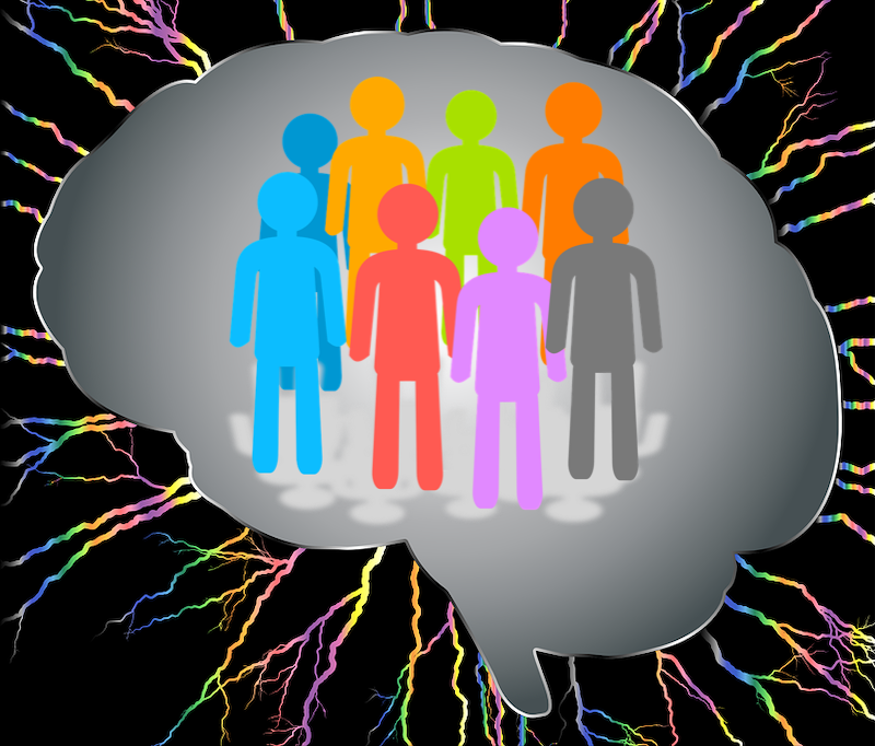Enrol in an online course today for flexible, self-paced learning—no fixed schedule required. Plus, enjoy lifetime access to course materials for convenient revisiting.
Therapists’ Stress: Who in Your Internal Family System is Activated

Last April for stress awareness month I wrote a blog on ‘Stress: A neurobiological friend or foe?’ This piece reviewed two types of stress and focused on nervous system awareness and regulation as a key to healing and promoting an individual’s optimum wellbeing.
For National Stress Awareness Day, which takes place on the first Wednesday of November every year, I want to focus on helping and promoting the therapist’s optimum wellbeing.
There are many ways that this can be achieved but for the purpose of this blog I want to discuss general stress and countertransference through an Internal Family Systems (IFS) or parts lens. In my view, both stress and countertransference are a form of nervous system activation and stress that can arise outside as well as inside clinical practice.
General stress and the IFS model
Stress can be defined as a set of internal or external conditions that move an individual’s psychological and/or somatic state out of balance and away from emotional regulation and equilibrium.
Everybody suffers from stress at some point in time. The key to reducing stress is to notice it by honing in on somatic awareness skills and engaging in habits and practices that help regulate the nervous system.
In the Internal Family System (IFS) model, we can be a little bit more precise on defining stress. For example, who in your internal family system gets activated? If you are not aware of the IFS model, it suggests that an individual contains a multiplicity of relatively discrete minds, each of which has qualities that play a valuable role within the personality.
So the next time something happens and you stress out, ask yourself: is this all of me that is stressed out, or just a part of me? Usually, it’s just a part of the personality that gets stressed. And research suggests that this approach of mindful awareness –noticing the part that is stressed out, instead of just being fully in the stress – has a regulatory affect on the nervous system.
General things that might be helpful to resource the self and your internal family system include:
- exercising regularly
- getting enough quality sleep
- eating a healthy and balanced diet
- drinking plenty of water daily
- fostering healthy connections
- adopting a positive outlook
- engaging in calming activities
If you are not already doing the above regulatory practices as a therapist, National Stress Awareness Day is a great opportunity to engage in positive habits, and to get noticing and tracking parts of yourself and what’s happening inside your body.
Being body aware and engaging in stress reducing habits helps regulate your nervous system and allows you to practise therapy and engage in the therapeutic relationship in an optimum way.
Countertransference as a form of nervous system stress
Freud coined the term countertransference in 1910 when he wrote, ‘We have become aware of the “countertransference” which arises in the Physician as a result of the patient’s influence on his unconscious feelings, and we are most inclined to insist that he shall recognise this countertransference and overcome it.’
In my view, countertransference in the therapeutic relationship is where a part of the therapist gets activated and responds to the client’s transference. This stress response might include somatic activation such as emotions, feelings, sensations or impulses towards the client – a form of nervous system activation and stress.
Again, in situations like this, it can be helpful to notice which part(s) of you get activated by the client, and to track responses somatically while in process with the client. The more you are able to track and notice, the greater your executive function and regulatory capacity, rather than being totally taken over by the countertransference.
General tips that might be helpful when experiencing countertransference include:
- Reading around the specific issue that you and your client are working on for greater insight
- Journalling around the countertransference experience (remember to track for parts of the self when going through what you’ve written)
- Supervision
- Personal psychotherapy around the issue


















